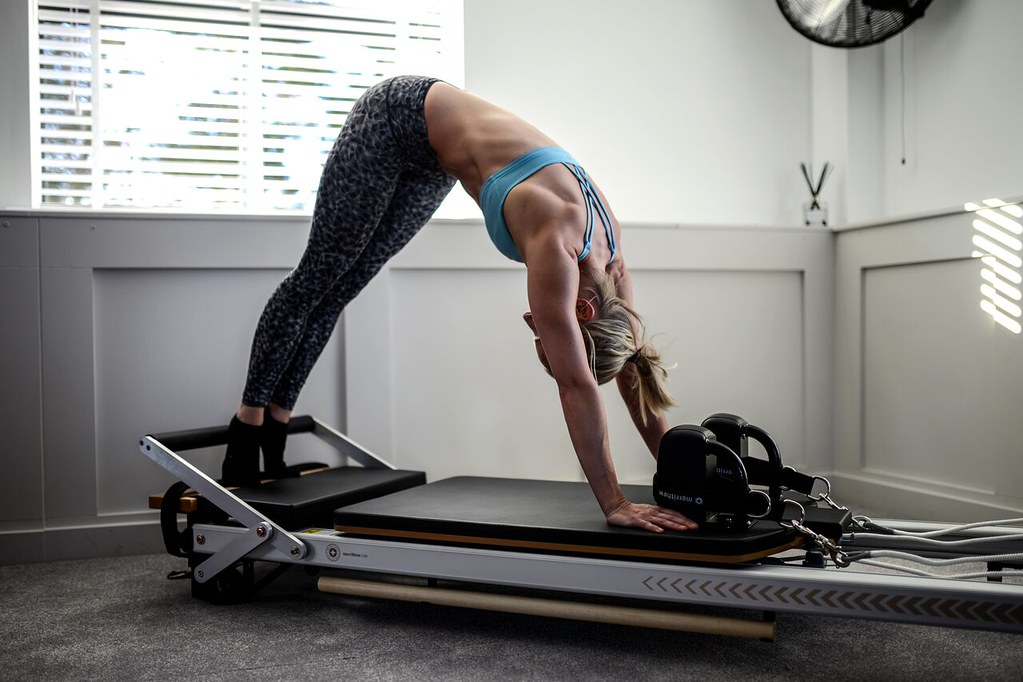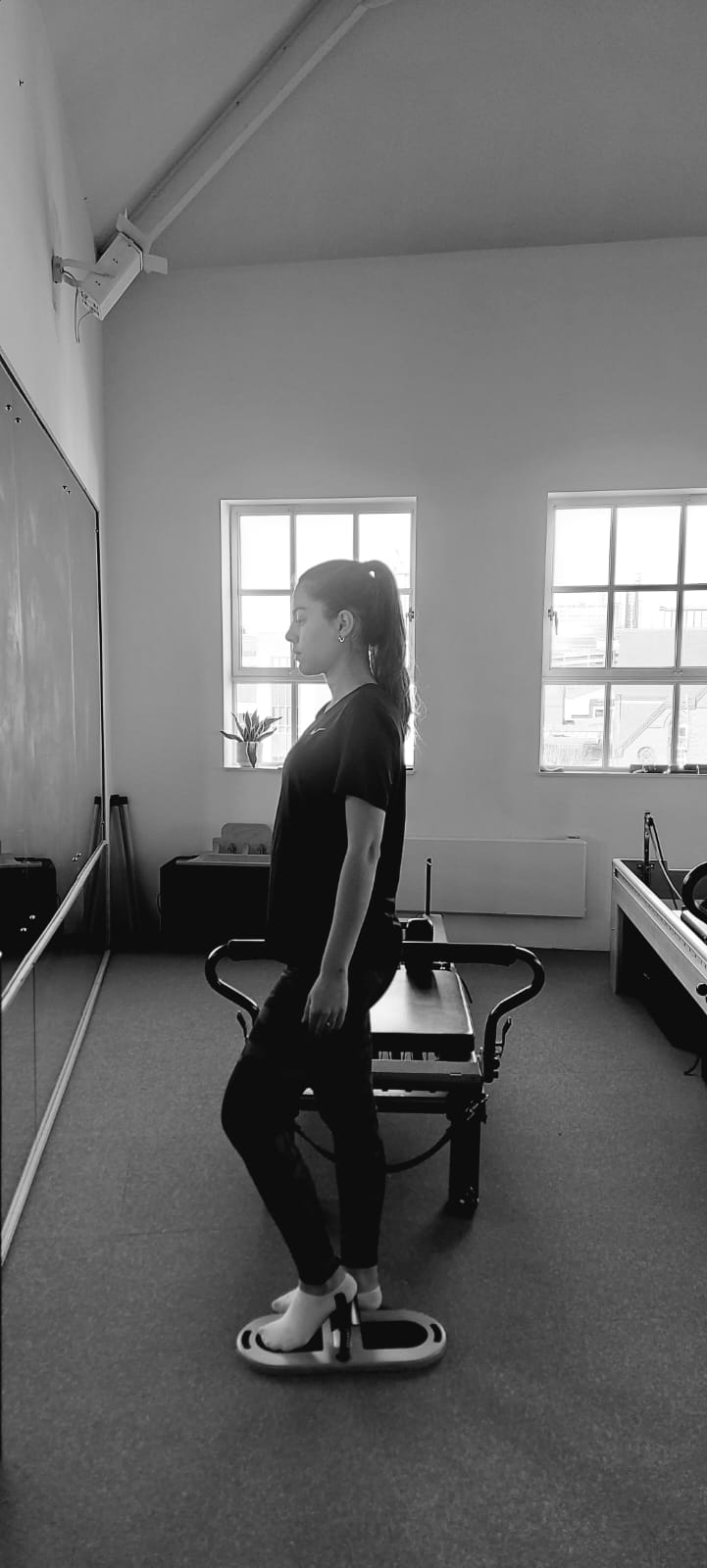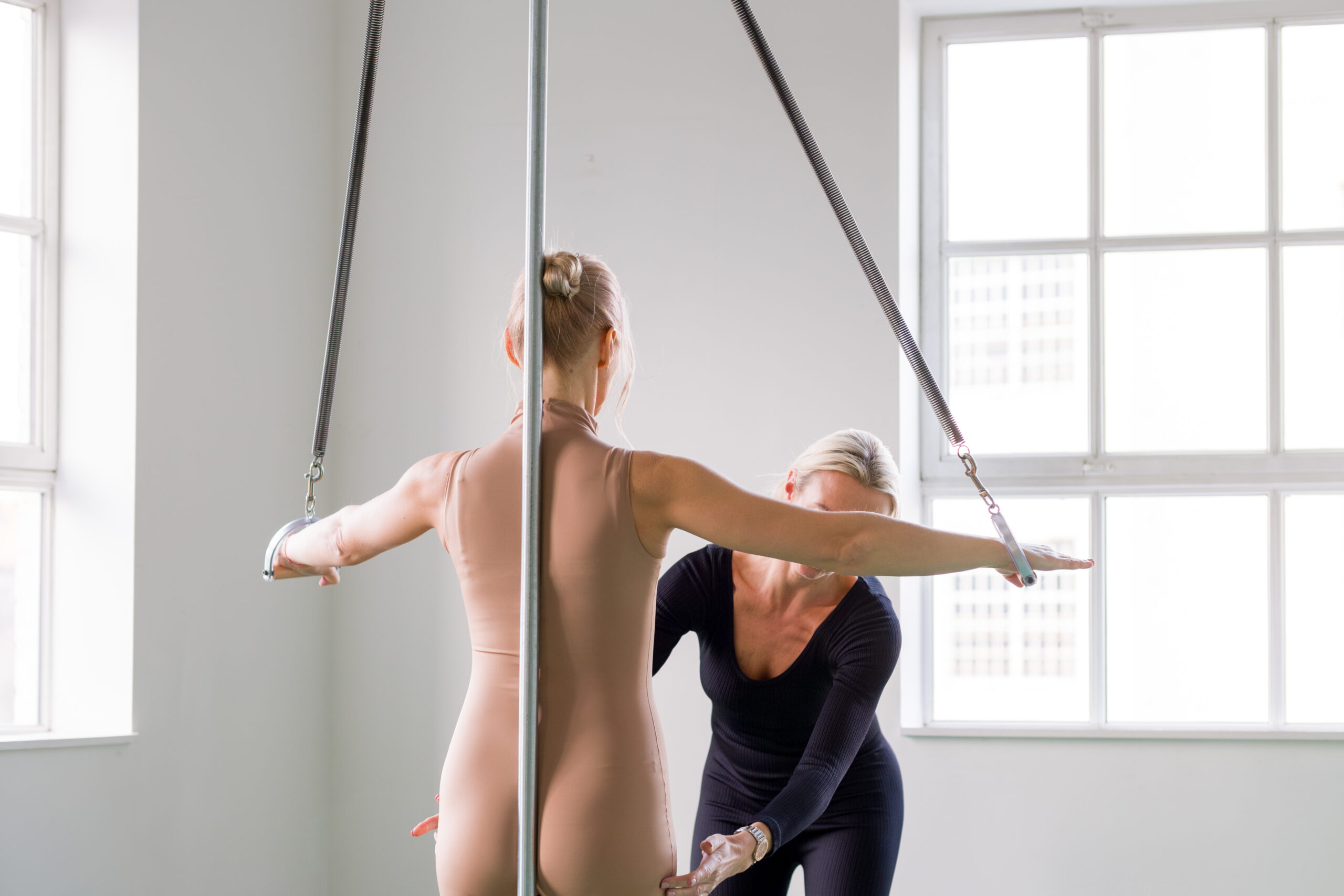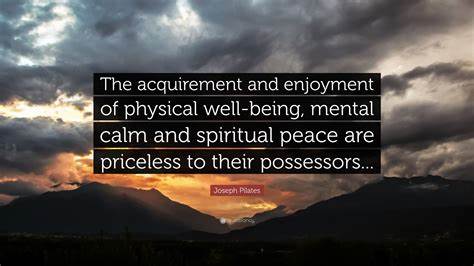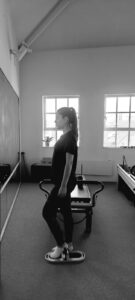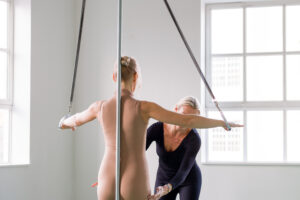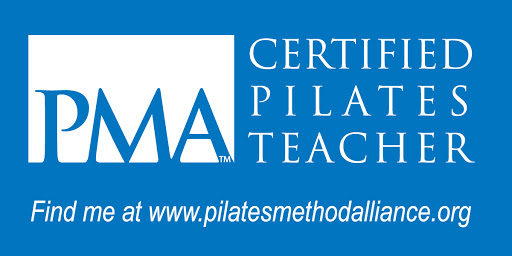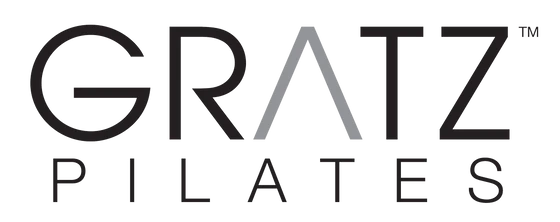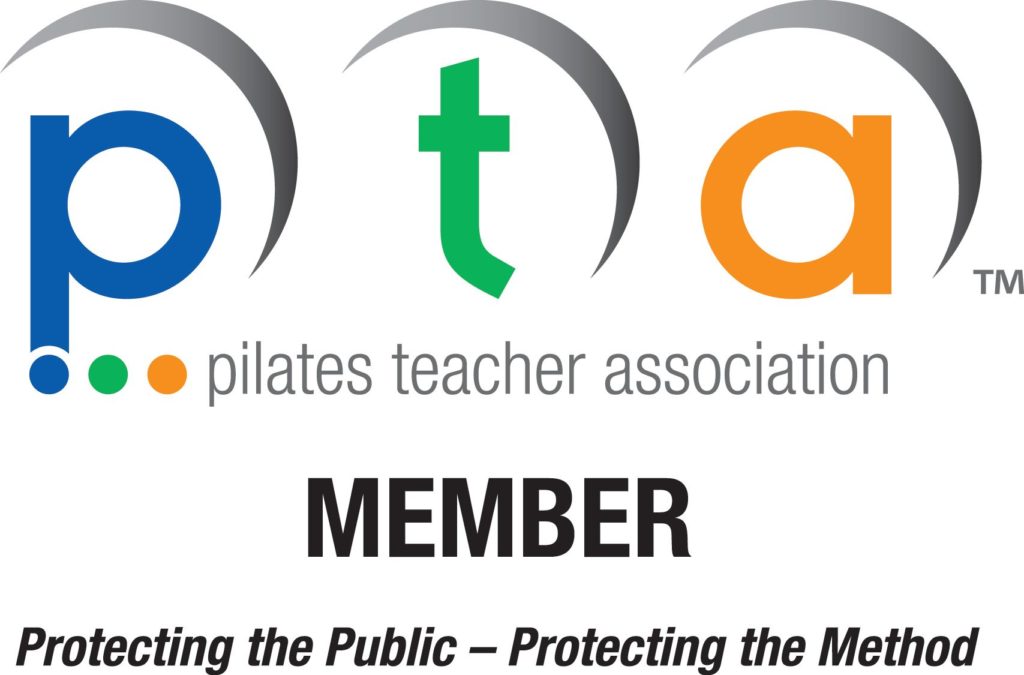What’s the difference between Yoga & Pilates?
It’s a question that people often ask…
… the debate (…) is tired, worn out
I think that the debate (a Yoga teacher even described it as a schism) about Pilates vs Yoga is tired, worn out and many articles you’ll find on the internet are so generic that they become misleading.
There are similarities and some of the benefits of both are similar. When I’ve done Yoga (a long time ago now admittedly), I tended to go into Pilates mode because of the strength and connection that you get from Pilates.
Both share the same functional movement principles: breath, flexibility and strength. The idea of Mindful Movement is central to both practices and both can be done on a mat. But, there are also a lot of differences. am not an expert in Yoga – so first apologies to all the Yogis out there – I am happy to be corrected!
Joseph Pilates created the Reformer, the Wunda Chair, Cadillac and other apparatus
Pilates was first created to be done on the mat. But those exercises are really extremely challenging and we need help to gain the strength, flexibility and control to be able to do those exercises. That’s why Joseph Pilates created the Reformer, the Wunda Chair, Cadillac and other apparatus to help stretch, strengthen and teach the control needed for the Matwork. This here is a big difference. Pilates is done on equipment to make the Matwork more accessible. Yoga is done on the Mat.
To teach our bodies how to do the mat. Joe Pilates borrowed from all forms of fitness and movement including Yoga: remember he was a boxer, self defence expert and circus acrobat as well an expert in anatomy, physiology and inventor!
In Pilates, you mostly move
In Yoga, you spend a lot of time holding poses. In my Yoga classes, I’ve been asked to hold poses for several breaths. In Pilates, you mostly move. You are constantly moving from one exercise to the next. It’s one of the Principles of Pilates: we call it “Flow”. In Pilates we don’t have “poses” (nor “moves”), but whole series of exercises that seamlessly blend into one another. The exercises are not designed to be done isolated from each other but as part of a series. Some people even describe the original Matwork exercises (34 of them) as just one looooong exercise lasting about 30 minutes!
In Pilates on apparatus, you are challenging your body to resist gravity and to resist the spring and gravity if the spring is light. You are learning to do the Matwork.
I, like many others, would hate to say that one is better than the other! Of course I’m biased because I’ve dedicated my life to Pilates. And I, and my teachers, would naturally say that Pilates helps you do everything you are already doing but better, much better. So Pilates will help you do your Yoga better: you’ll be stronger and more centred and it’ll help you enjoy your Yoga more. If you don’t do Yoga, Pilates will get you strong enough to do the Matwork with proper flow, strength, flexibility and control. It’ll also help you play football better, walk, run, swim and dance better. It’ll even help you put your shoes on without sitting down!
Pilates has just two traditions
Both are beneficial. Both have different traditions. Yoga has Ashtanga, Power, Hatha, and Hot Yoga. There’s Kundalini and Iyengar. Pilates has just two: Classical and Contemporary. Classical stays very strictly within the teachings of Joseph Plates while Contemporary uses old and new Pilates exercises (like the one shown here). Contemporary might use some modern props – like Stability Ball, for example.
I’ve signalled one massive difference without saying it: there’s a Mr. Pilates, but there isn’t a Mr. yoga. This is because Yoga comes from different traditions…
Another difference I’ve mentioned is strength. Pilates focuses on Strength. It focuses on Flexibility and it focuses on Control – and that’s the best summary of Pilates there is: Strength, Flexibility and Control.
the most important thing is your teacher
Perhaps the most important thing is your teacher. This is one thing that binds both Yoga and Pilates together like peas in a pod! Whichever you choose, always find a teacher that has lots of experience and is developed in their practice. That is still practising and has a mentor. That has a breadth and depth of knowledge. There are far too many teacher training courses (in the UK Pilates world at least) that offer certification and accreditation and that are short (3 days), cheap (£970) but without any value whatsoever.
… have your cake and eat it!
Rather than think this versus that, find the style and the teacher that allows you to connect to whichever mat you choose!
And, lastly, when it comes to your workouts and practice: don’t think Pilates or Yoga. they are different but not exclusive! “I practice Pilates so I can’t do Yoga” is a silly proposition, as silly as “I run, so I can’t cycle” or “I swim, so i can’t ski”.
Don’t replace one with another – this is one time you can have your cake and eat it!

